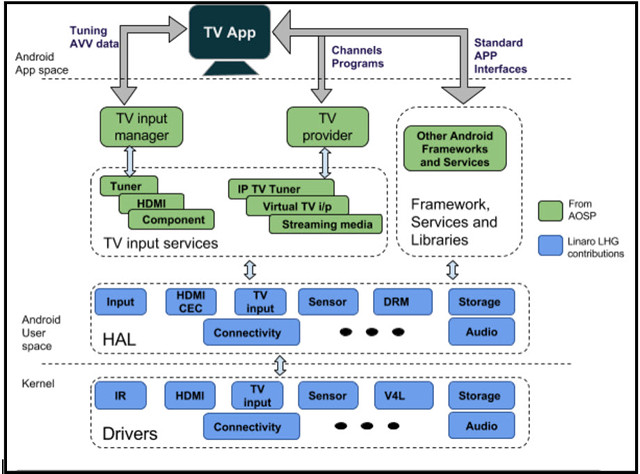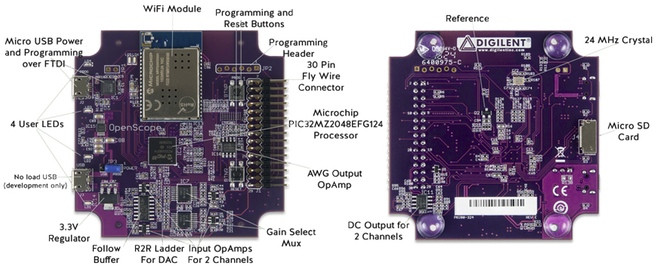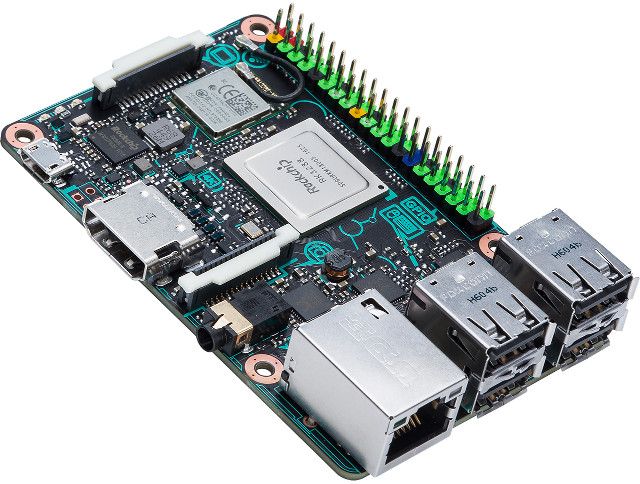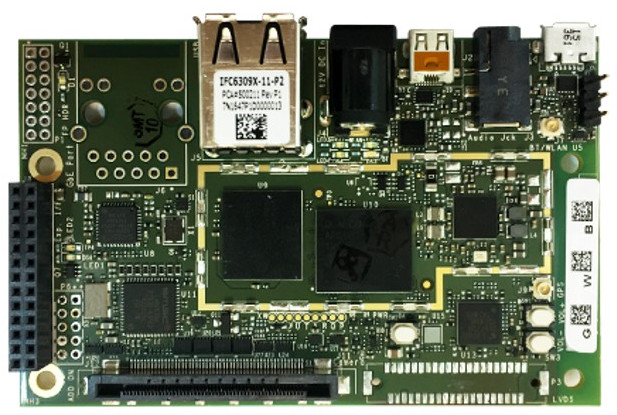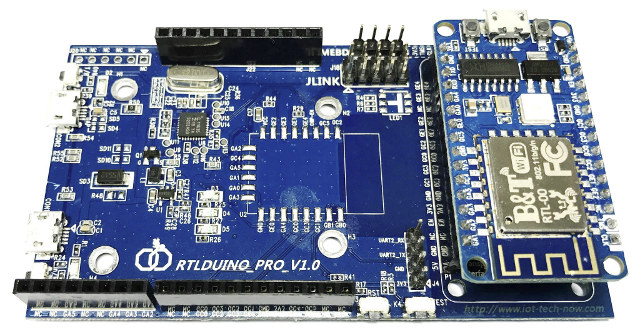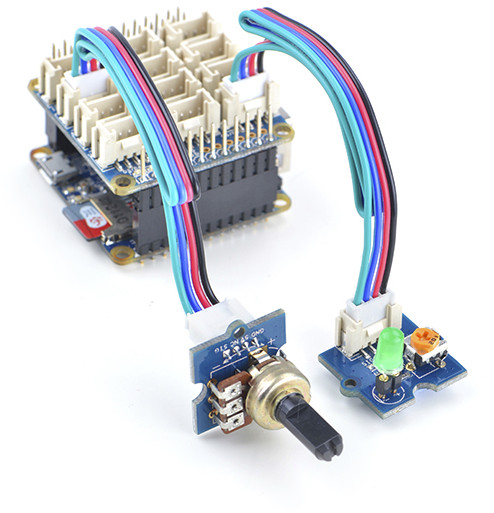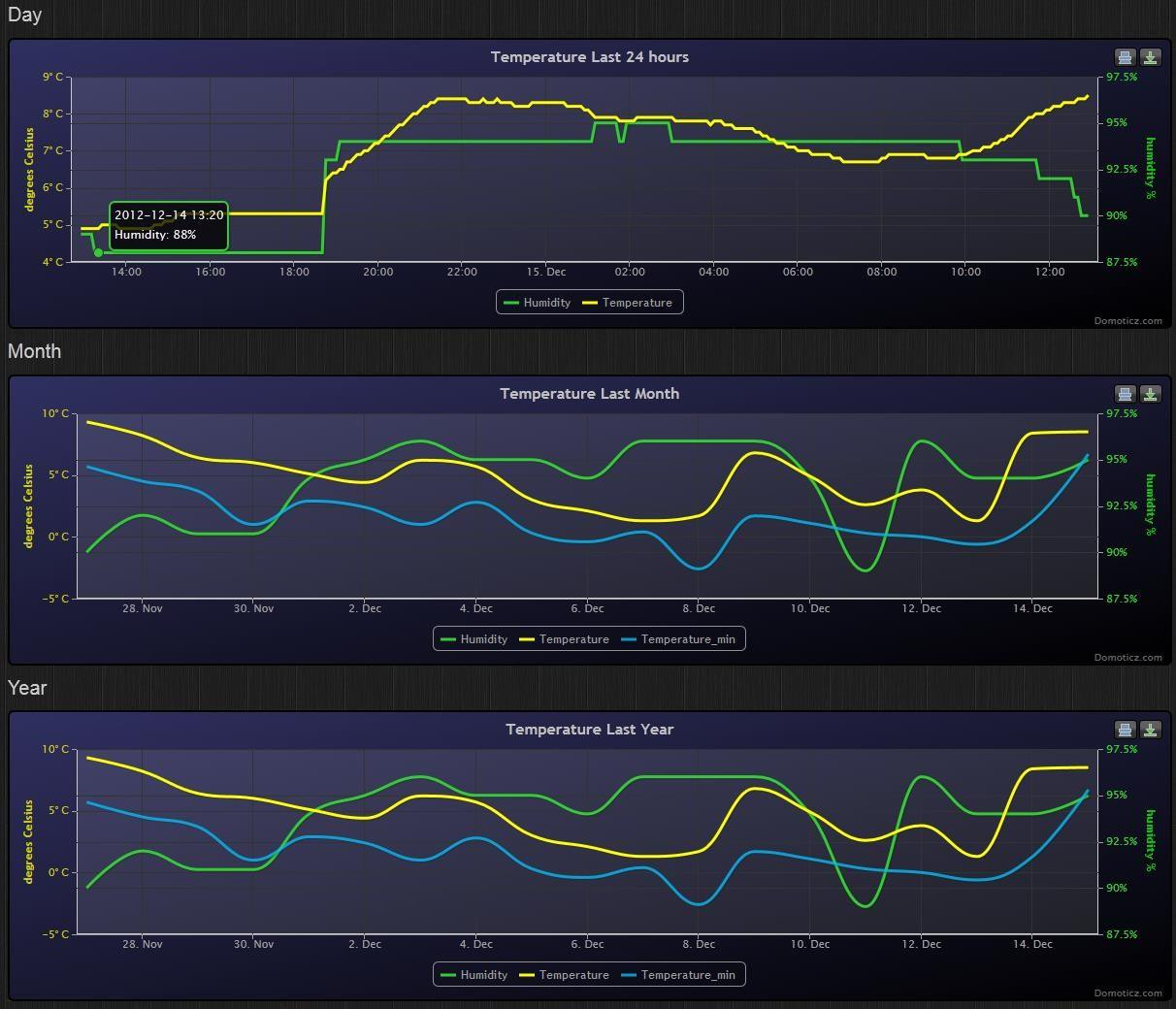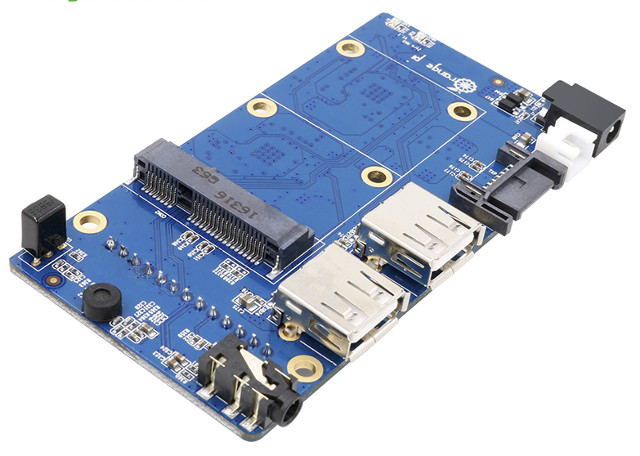The Linaro Home Group (LHG) was setup to work on “open source software for ARM-based set top boxes, smart TVs, media boxes, TV dongles and home gateway products”, and after having worked on OP-TEE (Open Portable Trusted Environment Execution) firmware as one of their first endeavors, they’ve now ported Android Open Source Project (AOSP) Android TV to 96Boards compliant Hikey board. Android TV is based on Android, but adds the TV Input Framework and the Lean Back APIs with the user interface designed for larger displays. LHG has not changed the apps and higher level software from AOSP, but they’ve made sure it could work on Hikey board by working on the Linux drivers and Android user space stack to make sure the Live TV App and Android TV Channel Service implemented in AOSP can work properly on the hardware. If you want to try it on your own Hikey […]
$79 Digilent OpenScope Open Source Multi-function Programmable Instrument Works over USB and WiFi (Crowdfunding)
Digilent OpenScope is an open source, portable, multi-function programmable instrument used for capturing, visualizing, and controlling analog and digital signals, that works with your smartphone or computer over USB or WiFi, and it can also be used in standalone mode as a development board, like you would use an Arduino or Raspberry Pi board. OpenScope MZ key features and specifications: MCU – Microchip PIC32 MZ (MZ2048EFG124) MIPS Warrior M-class micro-controller @ up to 200 MHz with 2048KB flash, 512 KB RAM External Storage – micro SD slot Wireless Connectivity – WiFi module USB – 1x micro USB for power and programming over FTDI Programming / Debugging – micro USB port, programming header Expansion – 30-pin Fly Wire connector with: 2x scope channels with 12 bits @ 2 MHz bandwidth and up to 6.25MS/s sampling rate 1x function generator output with 1 MHz bandwidth and up to 10MS/s update rate 10x […]
ASUS Tinker Board’s Debian & Kodi Linux Images, Schematics and Documentation
We discovered ASUS Tinker Board powered by Rockchip RK3288 processor earlier this year via some slides hidden in a dark corner of the Internet… ASUS has been incredibly quiet about it, but as the board has finally started to sell in Europe on sites like CPC Farnell UK, Proshop (Denmark), or Jimm’s (Finland) for the equivalent of $57.5 without VAT or $69 including VAT, and more technology sites have started to write about it. So people have been buying the board, and one even uploaded an unboxing video. One interesting part is the the top comment from the uploader in that video: Currently, a £55 paperweight as I can’t seem to find a link to the OS image anywhere. And indeed, ASUS appears to have launched a board without any support website, firmware image and documentation. Maybe that’s why they are quiet about it. But after using some of my […]
Inforce 6309L Board is Powered by Qualcomm Snapdragon 410E Processor with 10-year Availability
Inforce Computing launched 6309 micro single board computer powered by Snapdragon 410 processor, and compatible with 96Boards Dragon 410c board, a little over a year ago. The company has sent a newsletter promoting the launch of cost-down version with long term support equipped with Snapdragon 410E processor, and named Inforce 6309L. Comparison table between Inforce 6309L board and DragonBoard 410C provided by the company: Inforce 6309L Dragonboard 410C SoC Qualcomm Snapdragon 410E quad core ARM Cortex A53 processor with Adreno 306 GPU Dimensions 54mm x 85mm Memory Storage 1GB LPDDR3 8GB eMMC Micro SD Connectivity Wi-Fi/BT/GPS Video 1080p HD video 720p HEVC playback Camera Dual cameras 13MP on MIPI-CSI Interfaces Micro USB, USB, Micro HDMI, MIPI-CSI, expansion header Micro USB, USB, HDMI, expansion header Operating System Android Lollipop 5.1 Linux (Debian) Win10 IoT core Both boards are pretty similar, except Inforce 6901L replaced the HDMI port with a mico HDMI […]
RTL8710 Ameba Arduino Development Board and Ameba Arduino v2.0.0 SDK Released
We’ve already seen a NodeMCU lookalike board called RTLDuino based on Realtek RTL8710AF ARM Cortex M3 WiSoC earlier this month, that can be programmed with a community supported Arduino port also called rtlduino via a JLink SWD debugger, but now Realtek has just launched Ameba RTL8710 Arduino board, and released Ameba Arduino v2.0.0 SDK which brings official Arduino support to RTL8710AF platforms. There appears to be two versions of the development kit: RTLDUINO_PRO_V1.0 and REALTEK-AMEBA_RTL8710_V2.0, but based on the user manual they seem to be identical, and as you can see from the above picture, it includes a baseboard and the aforementioned RTLDuino board. RTL8710 Ameba Arduino HDK key features: SoC – Realtek RTL8710AF ARM Cortex-M3 MCU @ 83 MHz with 802.11 b/g/n WiFi, hardware SSL engine connected to the baseboard via: RTLDuino board through female header B&T RTL-00 module soldered on module footprint USB – 2x micro USB ports, […]
$30 BakeBit Starter Kit Adds Sensors & Buttons to Your NanoPi NEO & NEO Air Boards
FriendlyElec (previously FriendlyARM) launched NanoPi NEO and then NanoPi NEO Air board as respectively Ethernet and WiFi/Bluetooth connected boards for IoT applications. But so far, there was no ecosystem around the board, you had to use your own sensor modules, and write your own software to control them. This has now changed with the launch a BakeBit Starter Kit with twelve sensor modules, a NanoHat Hub add-on board designed for NanoPi boards, as well as BakeBit Library to control the hardware. The NanoHat Hub plugs into the two NanoPi NEO headers and provide 12 headers with 3x I2C interfaces, 3x analog interfaces, 2x UART interfaces, and 4x digital interfaces among which D3 and D5 support PWM, compatible with SeeedStudio Grove modules. You then have a choice of 12 modules to connect to the NanoHat Hub: OLED Module Ultrasonic Module Green LED Module Red LED Module LED Bar Module Rotary Angle […]
How to Install Domoticz Home Automation System in NanoPi NEO and Other ARM Linux Boards
I’ve recently started experimenting with IoT projects, and the first hurdle is to select the hardware and software for your projects are there are simply so many options. For the hardware your first have to choose the communication protocols for your sensors and actuators, and if you are going to go with WiFi, ESP8266 is the obvious solution, used together with your favorite low cost Linux development board such as Raspberry Pi or Orange Pi to run some IoT server software locally or leveraging the cloud. But the most difficult & confusing part for me was to select the server software / cloud services as there are just so many options. I prefer having a local server than something running only in the cloud, as my Internet goes a few hours a month, so I started with a solution combining ThingSpeak with MQTT gathering data from Sonoff power switches running […]
Orange Pi Zero NAS Expansion Board with SATA, USB, and AV Port Sells for $10 Shipped
Orange Pi Zero is a $7 and up board based on Allwinner H2+ quad core Cortex A7 processor with 256 to 512MB RAM, Ethernet, WiFi, and USB, but no video output except on headers, making it more suitable to headless applications. The company has just launched Orange Pi Zero NAS Expansion port adding SATA, mSATA, two more USB ports, and an AV port allowing you to add a hard drive or SSD, and connect it to a TV with composite input. Orange Pi Zero NAS Expansion Board preliminary specifications: Storage – 1x SATA port, 1x mSATA port both through a JMS578 USB 3.1 to SATA bridge with UAS support each, which should be better than some other USB to SATA solution despite only being connected to a USB 2.0 interface. USB – 2x USB 2.0 ports Video & Audio Output – 3.5mm AV jack with composite video (TBC) and stereo […]


